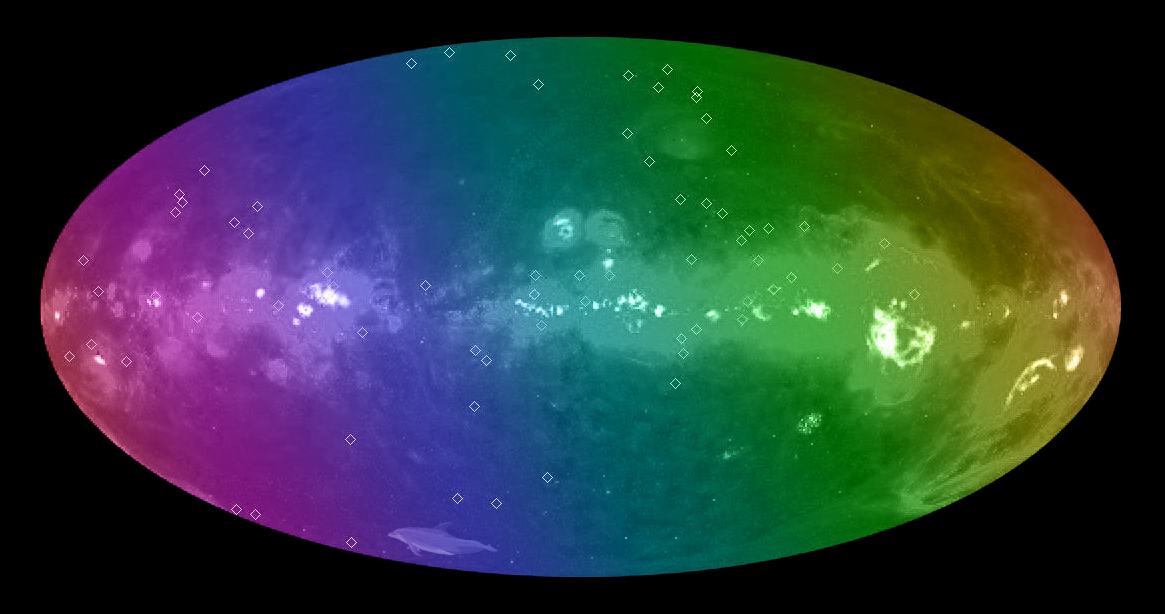A Fool’s Errand: Writing Science Spoofs to Enthrall, Not Annoy
By Dianne Timblin
Here at Science Culture Central, we wondered why certain April Fools' prank research reports are so appealing. We examined some of our favorites and discovered a handful of qualities that stood out.
April 2, 2015
Science Culture
Here at Science Culture Central, we’ve spent this April Fools’ week chatting about science and technology spoofs—especially the ones that charm, amuse, and impress us. (Incidentally, we do distinguish between spoofs and STEM hoaxes such as the infamous Great Blue Hill Eruption prank. Not great fans of the latter.) How exactly do these stories burrow their way into our skeptical hearts? We examined some of our favorites, new and old, and noticed that certain aspects of craft stood out, especially the use of specific detail, effective quotations, creative headlines, impressive visuals, and abstruse jargon—all fake, of course. Something else we noticed? The stories sorted themselves out into a few handy categories. For those who are into long-term planning, you’ll be ready for next year: Here’s how to compose a memorable science spoof, one that sows more delight than distrust.
Dazzle Us, but Tip Your Hand
As editors, we’re especially impressed when stories have that extra bit of polish, appear to have been planned and designed with extreme care, and the layout aligns to a razor’s edge. So how could we resist the appeal of scholarship published in the (fake) Journal of Speculative Astronomy by James R. A. Davenport? His 2013 article "Unidentified Moving Objects in Next Generation Time Domain Surveys" impressed us with its erudition and delighted us with its humility. (“I would like to convey my appreciation to FOIL co,” Davenport notes, "makers of high quality aluminum headwear since June 1947.") A companion blog post in which he discusses the spoof charmed us all the more.
An earlier spoof, and one that may have provided Davenport some inspiration, came from Marven F. Pedbost, Trillean Pamalgu, and the Galaxy Zoo team. The paper, "Galaxy Zoo: An Unusual New Class of Galaxy Cluster," is thoughtfully constructed and includes an impressive array of photographs. The paper claims that the Galaxy Zoo citizen science project, in which volunteers help classify great numbers of galaxies, has identified galaxy clusters that spell out phrases like "We apologize for the inconvenience" and "Delays possible for 7 [gigayears]." Words don’t do these figures justice, though, as you can see from the image below. In cases like this, the more obvious the fakery—and the more clearly the authors are having some fun and sharing it too—the better.

Image: Galaxy Zoo (www.galaxyzoo.org)
The April 1995 Discover article "Strange Molelike Animal Melts Ice Tunnels with Its Head," by Tim Folger, is a classic in this category. It garnered more reader response than any other article in the magazine had to that point. Folger finds the spoof sweet spot, providing details that are tonally convincing while remaining hard to believe: "Adults are about six inches long, weigh a few ounces, have a very high metabolic rate—their body temperature is 110 degrees—and live in labyrinthine tunnels carved in the ice." Although the story is widely categorized as a hoax, one could argue that it qualifies as a spoof just as well, especially since Folger tips his hand: The name of the scientist quoted in the piece is Aprile Pazzo—Italian for "April Fool."
Report That a Cherished Legend Is Actually Real
What savvier fakery than appealing to our nerdy sentimental side? Yesterday Nature teased us with the notion that dragons have managed to endure long periods during which colder temperatures have prevented them from thriving. In "Here Be Dragons" (helpfully categorized under Zoology) Andrew J. Hamilton, Robert M. May, and Edward K. Waters contend that global warming will stir these beasts once again. The caption of a figure titled "The rise and fall and rise again of dragons" explains: "The rising incidence of dragons in the literature correlates with rising temperatures, and suggests that these fire-breathing lizards are being sighted more frequently. As a result, the large-scale 'Third Stir' is deemed to be imminent." It’s worth noting that the piece appears in the News and Views section of Nature and includes the annotation, "Some of the content of this article may merit a degree of skepticism." Although "Here Be Dragons" is an entertaining spoof of science journalism, ultimately it’s also an opinion piece that serves up some gentle satire.

Image: Max Brice and Daniel Dominguez/CERN
Then from CERN there’s this beguiling announcement, penned masterfully by CERN communications group Web editor Cian O'Luanaigh:
Though four fundamental forces—the strong force, the weak force, the electromagnetic force and gravity—have been well documented and confirmed in experiments over the years, CERN announced today the first unequivocal evidence for the Force. "Very impressive, this result is," said a diminutive green spokesperson for the laboratory.
Invent Something We Wish Were Real
CERN makes our list again, this time via an announcement from PBS’s NOVA. Tim De Chant reports that while warming up the Large Hadron Collider, physicists inadvertently created a groovy rainbow universe, replete with a frolicking dolphin. (This spoof follows on NOVA’s April Fools’ Day spoof last year, "Scientists Beam Light in Front of Dolphins, Accidentally Create Rainbow Lasers.")

Also, be sure to check out the April Fools’ headline generator at the bottom of the page. A test of the generator (all in the name of science of course) elicited this gem: "Mind-Controlled Robot Conquers Circadian Clocks by Following the Fish."
To Spoof or Not to Spoof
Not everyone relishes a good science spoof, and yesterday Lee Billings offered a solid argument against japery in science journalism. This question is worth contemplating. On the one hand, there is the question, rightly raised, of the public trust and not taking advantage of that or threatening it. On the other hand, there may be value in sharing moments when we take ourselves less seriously, when we bring a little levity to the often serious, even grave, subjects we cover—especially if it can be done in a way that brings readers in on the joke and allows them a breather too.
American Scientist Comments and Discussion
To discuss our articles or comment on them, please share them and tag American Scientist on social media platforms. Here are links to our profiles on Twitter, Facebook, and LinkedIn.
If we re-share your post, we will moderate comments/discussion following our comments policy.